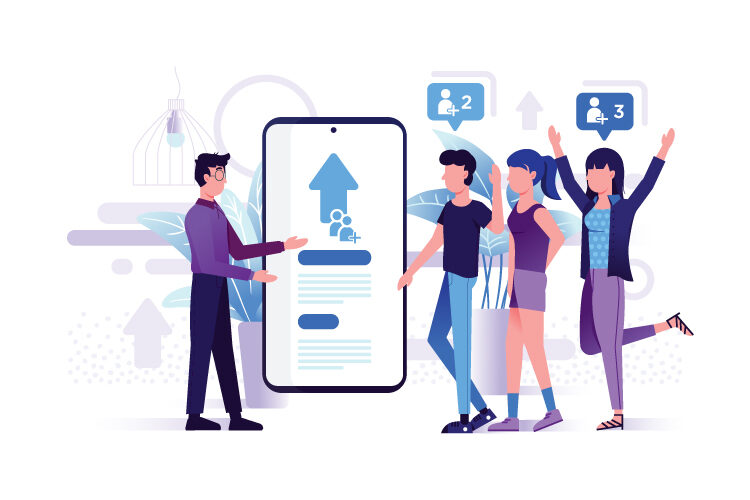For decades, Learning and Development (L&D) has been seen as the department that designs training programs, rolls out compliance courses, and supports managers with ad hoc learning requests. But the world of work has shifted — and so must L&D. In a time defined by rapid skill obsolescence, AI disruption, and talent shortages, L&D has the opportunity to transform itself into a strategic capability that powers organizational agility and growth.
The Current State of L&D
Recent research underscores both the urgency and the opportunity. LinkedIn’s Workplace Learning Report 2025 shows that 90% of executives believe learning is critical to closing skills gaps, yet only 41% of L&D teams feel they are strongly aligned with business strategy. McKinsey echoes this gap, noting that most learning functions are still “program providers” rather than true drivers of transformation.
This disconnect creates a dangerous cycle: L&D is under pressure to prove its impact, but without a strategic seat at the table, its ability to deliver measurable business outcomes is limited.
Barriers Holding L&D Back
Why does this gap persist? A 2024 GP Strategies study highlighted several barriers:
- Limited capacity for change – L&D teams often lack resources to innovate.
- Unclear accountability – Business leaders expect results, but responsibility for outcomes is rarely shared.
- Inability to demonstrate impact – Many teams still measure participation rates instead of business performance.
Cultural inertia also plays a role. In many organizations, learning is seen as “optional” or “extra work,” rather than embedded into the flow of work.
What a Strategic L&D Function Looks Like
To reposition L&D as a true strategic partner, we need to shift from “delivering training” to shaping organizational capability. High-performing L&D teams share three common traits:
- Deep alignment with business goals
They start by asking: What capabilities will drive our competitive advantage? Learning interventions are designed around these answers, not around a catalogue of courses.
- Skills-first approach
Instead of managing learning content, they manage skills architecture — mapping what skills exist, what skills are needed, and how to close those gaps at scale.
- Integration with talent ecosystems
Learning is not standalone. It connects seamlessly to workforce planning, succession management, and career mobility pathways.
McKinsey’s research shows that organizations with integrated learning ecosystems are twice as likely to achieve performance improvements compared to those relying on siloed training programs.
A Maturity Path for L&D Transformation
Transformation does not happen overnight. Most organizations move through a maturity path:
- Stage 1: Reactive – L&D responds to requests, measures completions.
- Stage 2: Aligned – Learning initiatives are tied to business priorities, though still largely program-driven.
- Stage 3: Embedded – L&D influences talent strategy, builds skills architecture, and integrates with performance management.
- Stage 4: Strategic Partner – L&D drives workforce transformation, anticipates future skills, and co-creates business outcomes with leaders.
Where is your organization today — and what would it take to move one stage further?
Measuring Success Differently
One of the biggest levers for transformation is rethinking metrics. Traditional KPIs like course completions and learner satisfaction are no longer sufficient. Strategic L&D teams measure:
- Time to competence for new roles.
- Internal mobility rates linked to learning pathways.
- Skills proficiency growth across critical domains.
- Impact on business KPIs such as productivity, customer satisfaction, or innovation speed.
By aligning evaluation with business outcomes, L&D earns credibility and influence at the executive table.
The Road Ahead
The future of L&D is not about bigger budgets or more programs. It’s about repositioning learning as a lever of business transformation. This means cultivating new capabilities within L&D itself: data literacy, strategic workforce planning, and the ability to consult with business leaders as equals.
The payoff is significant. Organizations that view L&D as a strategic partner are 58% more likely to improve employee retention and 46% more likely to be leaders in innovation, according to LinkedIn’s research.
A Call to Action
If you are leading L&D in a mid-to-large organization, now is the moment to reframe your role. Ask yourself:
- Are we designing training, or building organizational capability?
- Do we measure learning, or do we measure business outcomes?
- Are we waiting to be invited into strategy conversations, or are we driving them?
The shift from learning function to strategic capability is not optional — it is essential. The organizations that succeed will be those where L&D stops being the back office of compliance and becomes the engine of transformation.

